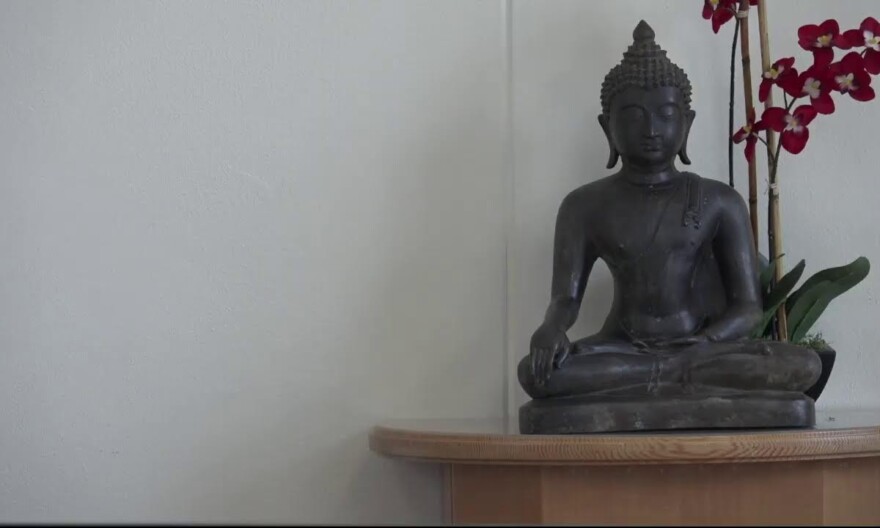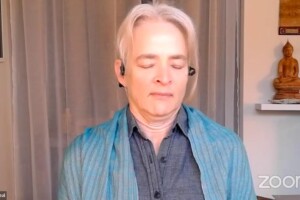
Welcome to our blog post on guided meditation and the physicality of thinking. In today’s fast-paced world, it’s becoming increasingly important to take the time to slow down, unwind, and connect with our inner selves. Through the practice of guided meditation, we can embark on a journey of relaxation and mindfulness. Join us as we delve into the profound connection between our bodies and minds, and explore how this awareness can lead to a more peaceful and centered existence. So, let’s start this transformative exploration together!
Introduction
Welcome to our guided meditation series! In this installment, we will explore the physicality of thinking and how it relates to the practice of mindfulness. As we delve into this topic, you may find new insights into your thought patterns and learn valuable techniques to relax your thinking.
The Physicality of Thinking
When it comes to thinking, many of us only consider the mental processes involved. However, thinking is not just limited to the mind; it also has a physical component. Thoughts are not abstract entities floating in our heads but are actually connected to physical sensations and reactions in our bodies.
Understanding Mindfulness
Before we dive deeper into the physicality of thinking, let’s first understand the concept of mindfulness. Mindfulness is the practice of paying attention to the present moment without judgment. It involves being fully aware of our thoughts, feelings, and bodily sensations.
By cultivating mindfulness, we can develop a greater understanding of ourselves and the world around us. It allows us to break free from automatic, unconscious patterns of thinking and engage with the present moment more fully.
Exploring the Physical Sensations of Thinking
Now, let’s explore the physical sensations that accompany our thinking process. You might have noticed that certain thoughts are accompanied by bodily sensations. For example, when you think of a stressful situation, you might feel tension in your shoulders or a knot in your stomach.
Mindfulness encourages us to observe and acknowledge these physical sensations without getting caught up in the story of our thoughts. By becoming aware of the bodily reactions triggered by our thinking, we can develop a healthier relationship with our thoughts and emotions.
Techniques for Relaxing Thinking
Here are some techniques to help you relax your thinking and cultivate mindfulness:
-
Grounding Exercise: Bring your attention to your feet firmly planted on the ground. Notice the sensation of contact and take a few deep breaths. This exercise can help you anchor your awareness in the present moment.
-
Body Scan: Close your eyes and slowly scan your body from head to toe. Pay attention to any areas of tension or discomfort. As you notice these sensations, gently breathe into them, allowing them to relax and release.
-
Labeling Thoughts: When thoughts arise during meditation, try labeling them as “thinking” without judgment. By naming and acknowledging the thoughts, you can create distance from them and avoid getting caught up in their content.
-
Focus on the Breath: Bring your attention to your breath, noticing the sensation of air entering and leaving your nostrils. Whenever your mind wanders, gently bring it back to the breath, using it as an anchor for your mindfulness practice.
-
Loving-Kindness Meditation: Engage in a loving-kindness meditation, where you cultivate feelings of compassion and kindness toward yourself and others. This practice can help soften the grip of negative or repetitive thinking patterns.
Conclusion
In conclusion, understanding the physicality of thinking is an important aspect of mindfulness practice. By becoming aware of the bodily sensations associated with our thoughts, we can develop a more balanced and calm relationship with our thinking process.
Remember, the journey to relaxation and mindfulness is a personal one. Find the techniques that resonate with you and make them part of your daily routine. With practice and patience, you can enjoy the benefits of a more relaxed and present state of mind.
FAQs (Frequently Asked Questions)
- Can you recommend any additional resources on guided meditation?
- How often should I practice mindfulness to see results?
- Is it normal to experience discomfort during meditation?
- Can mindfulness help with reducing stress and anxiety?
- What other topics will be covered in this series of guided meditations?





